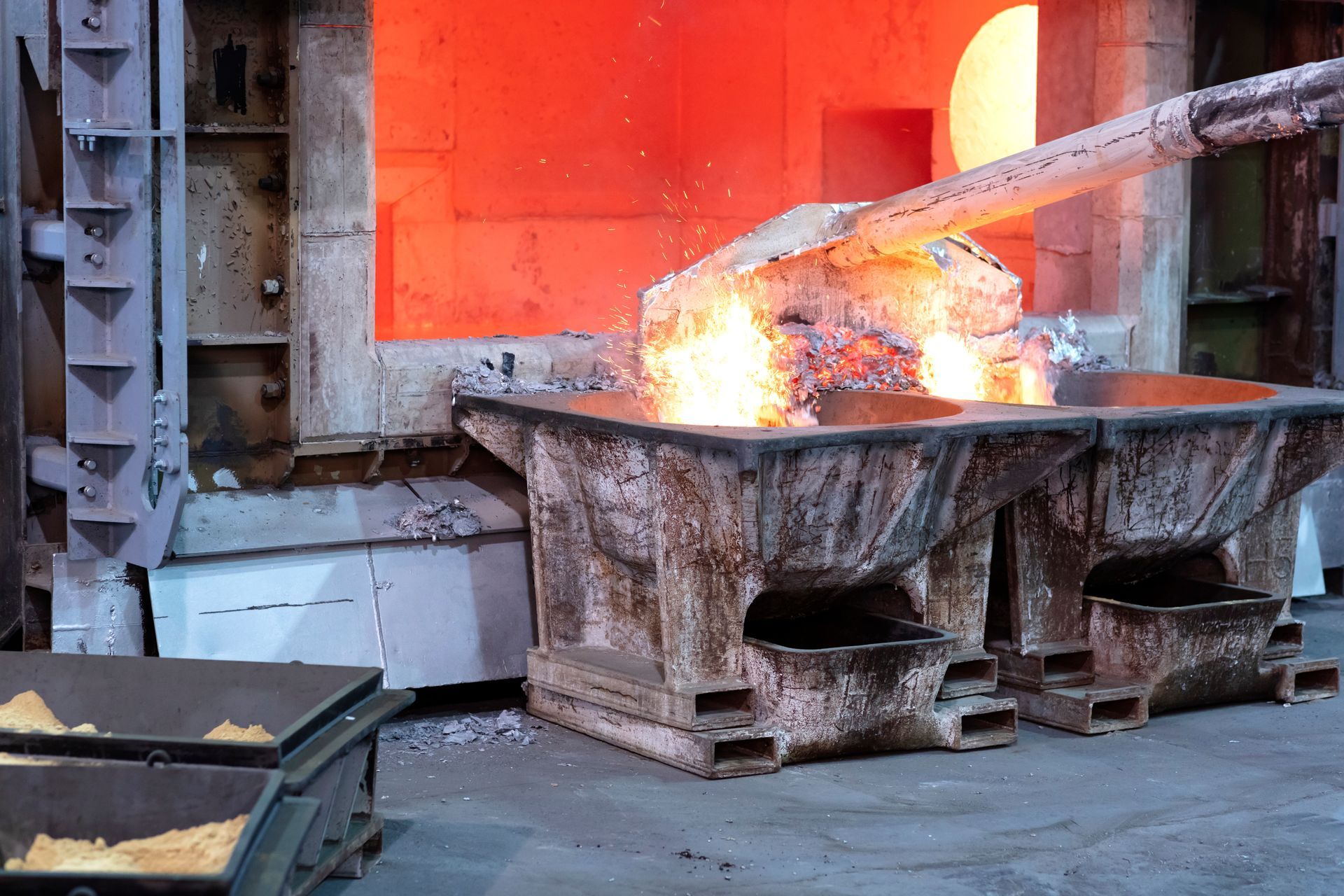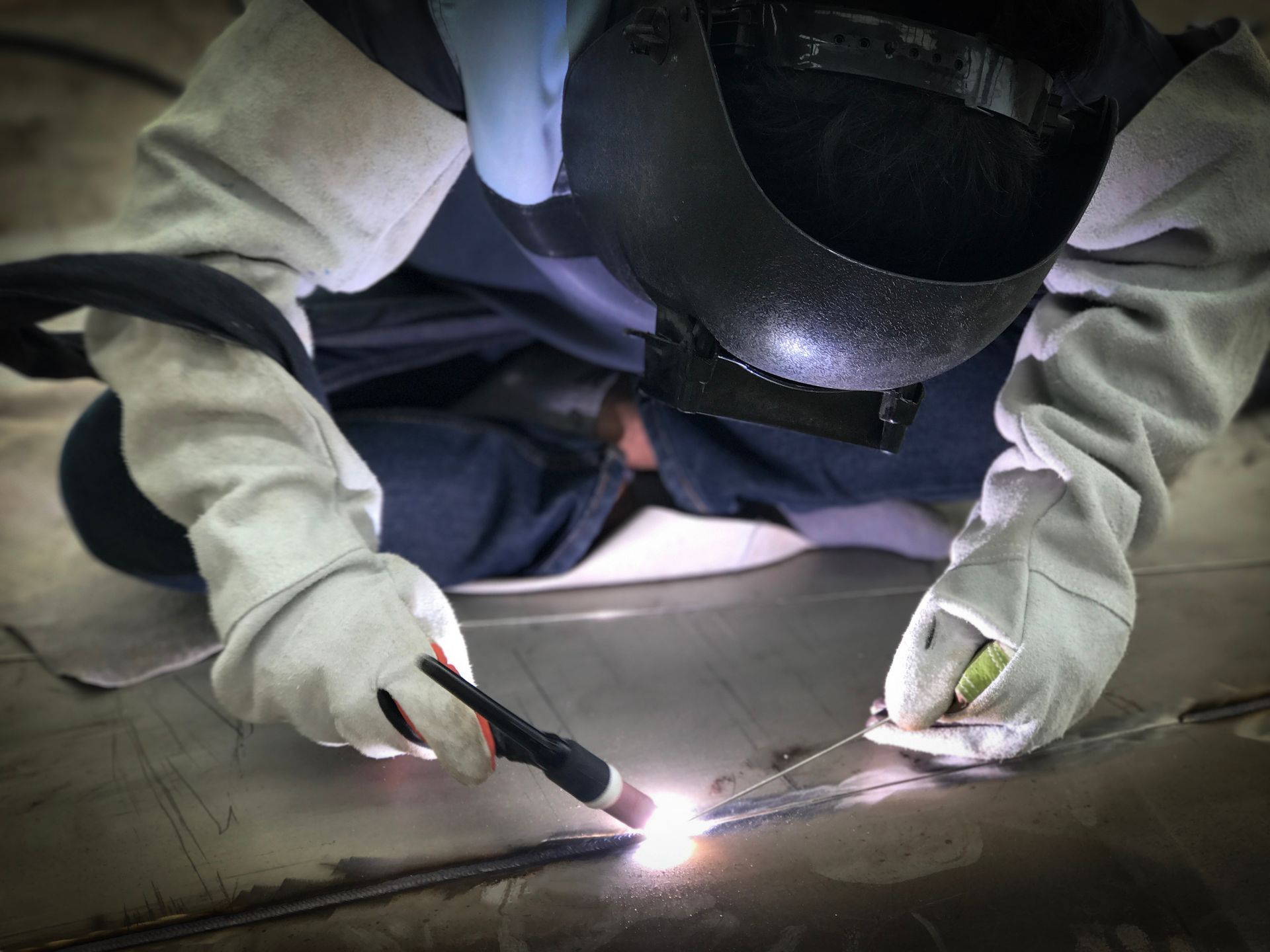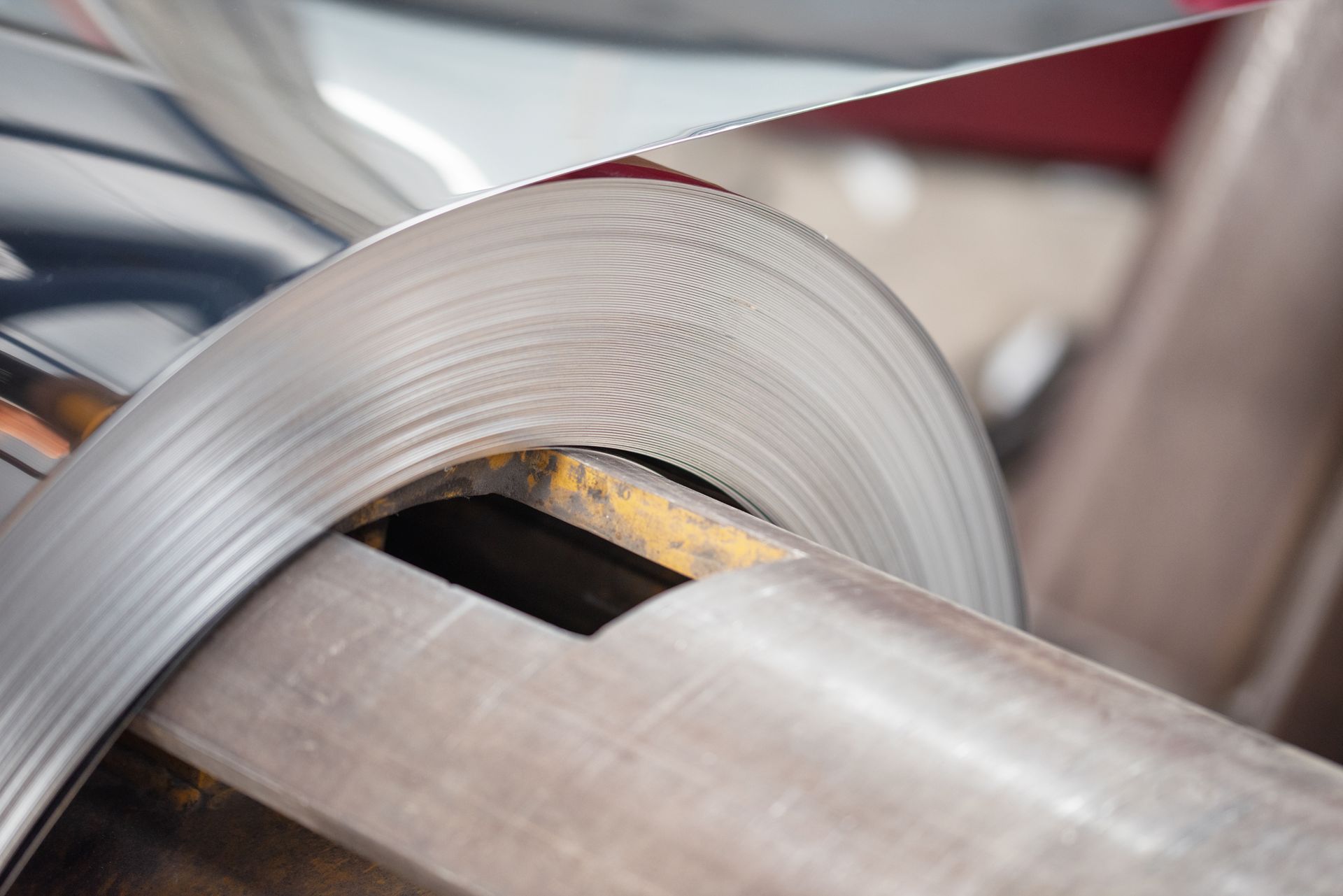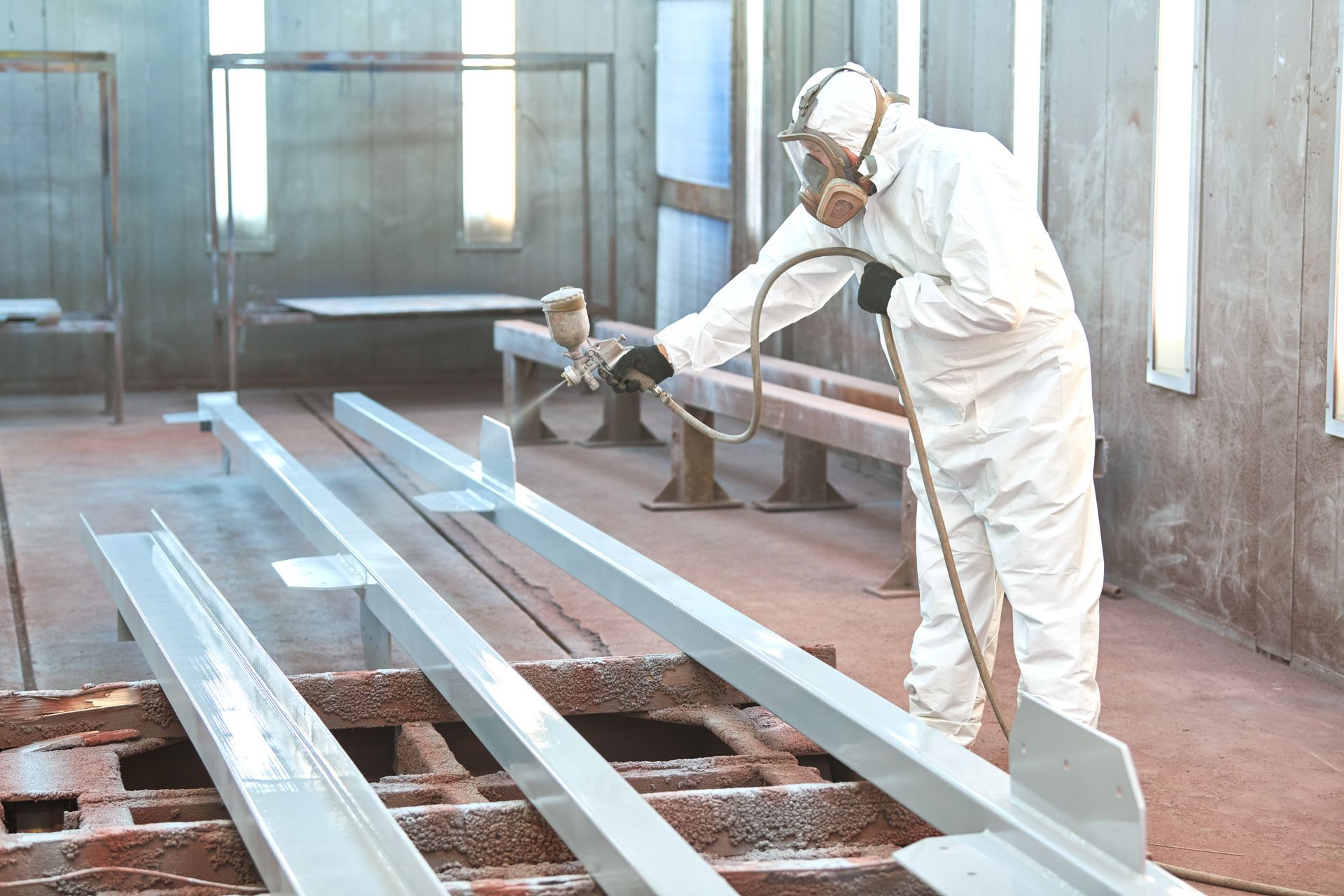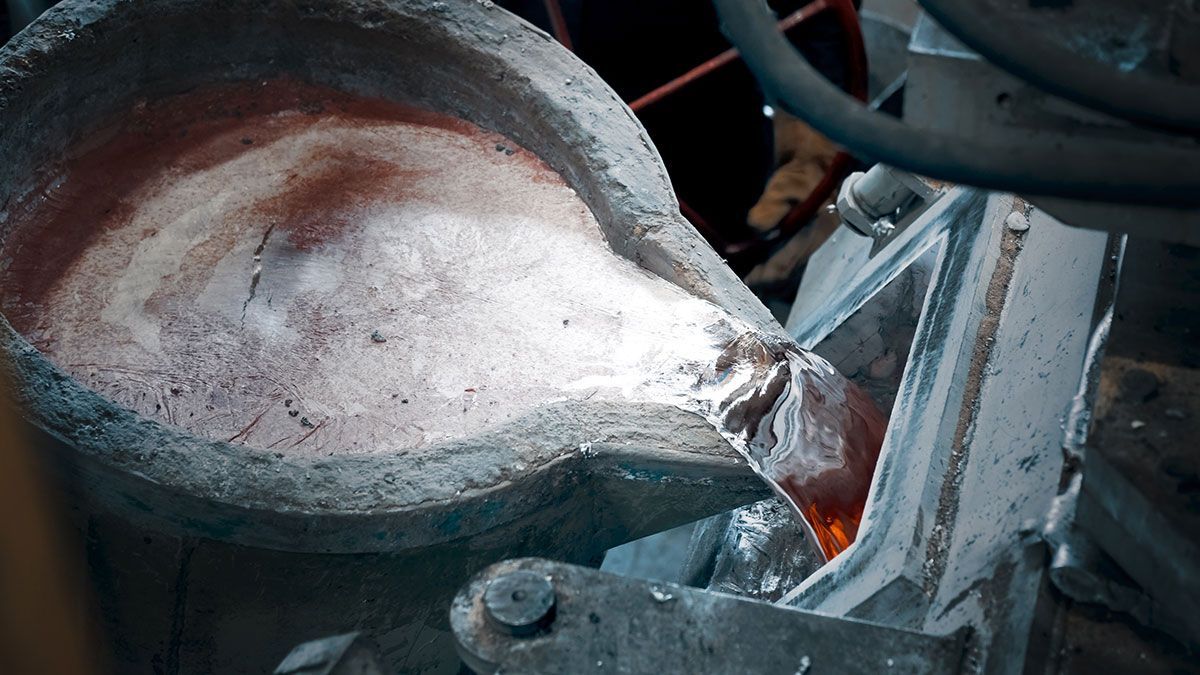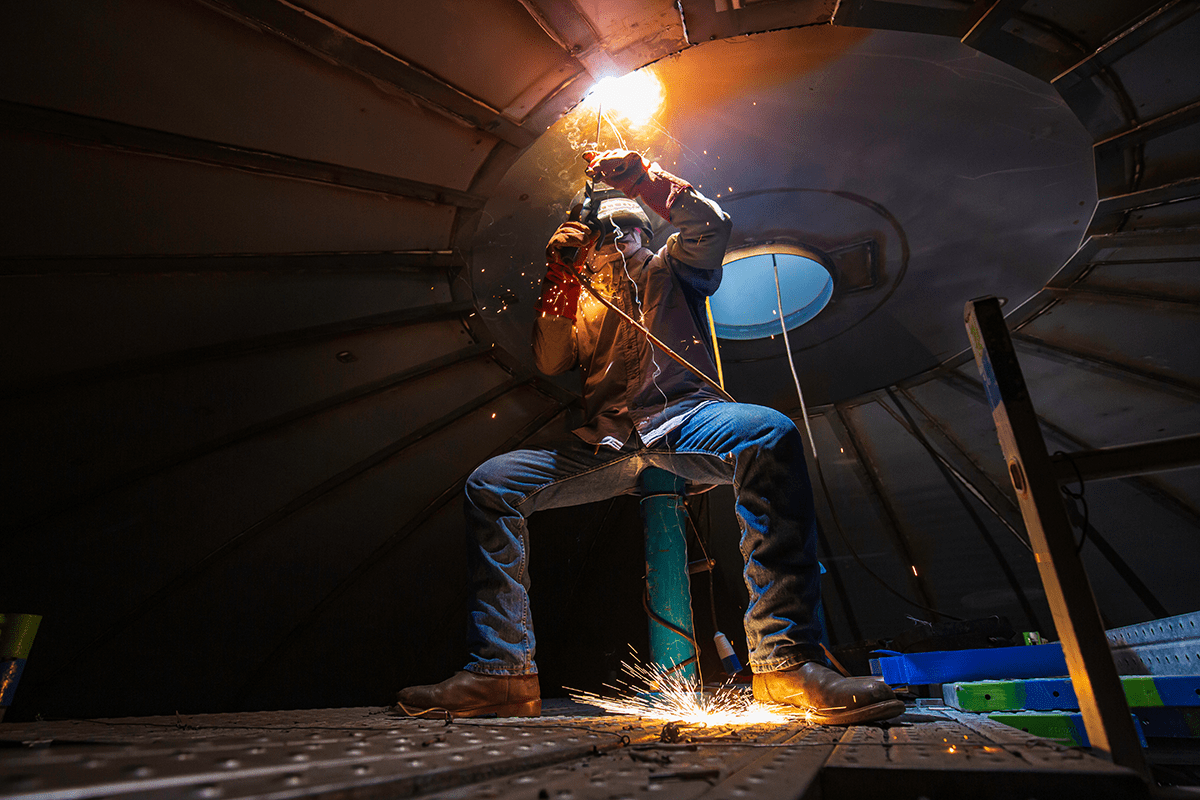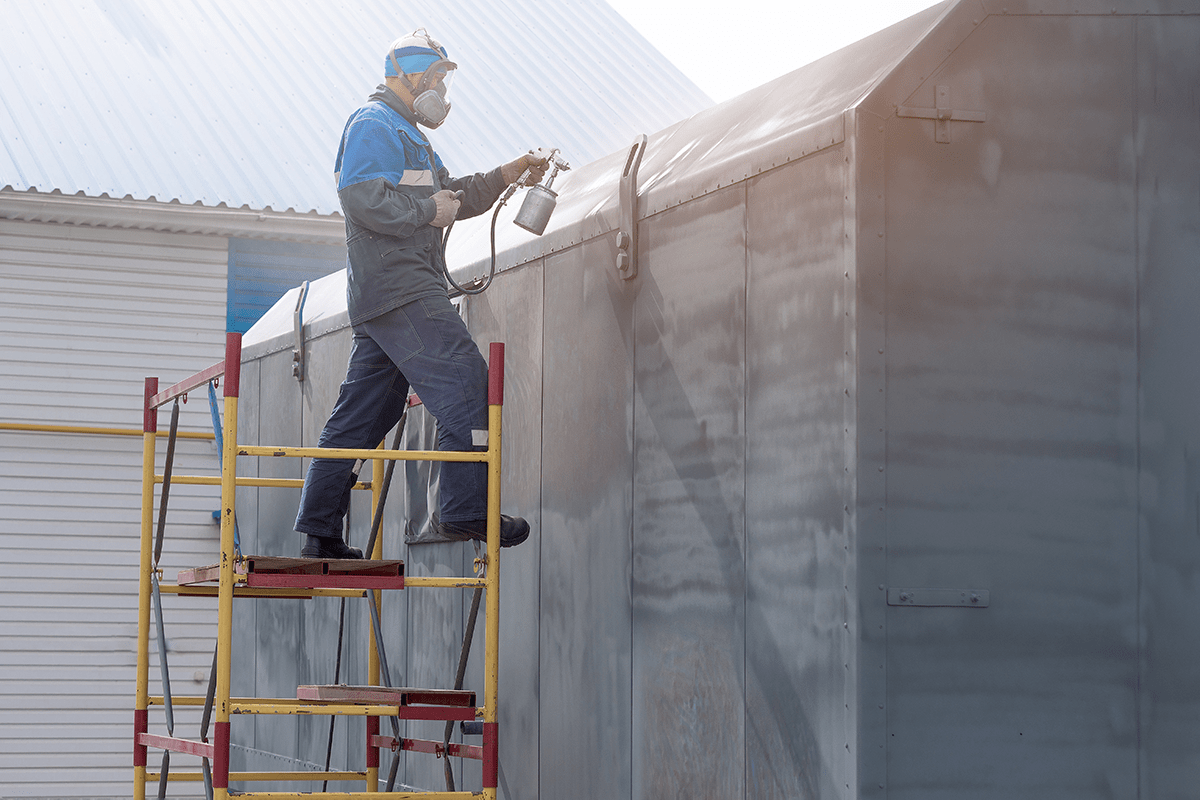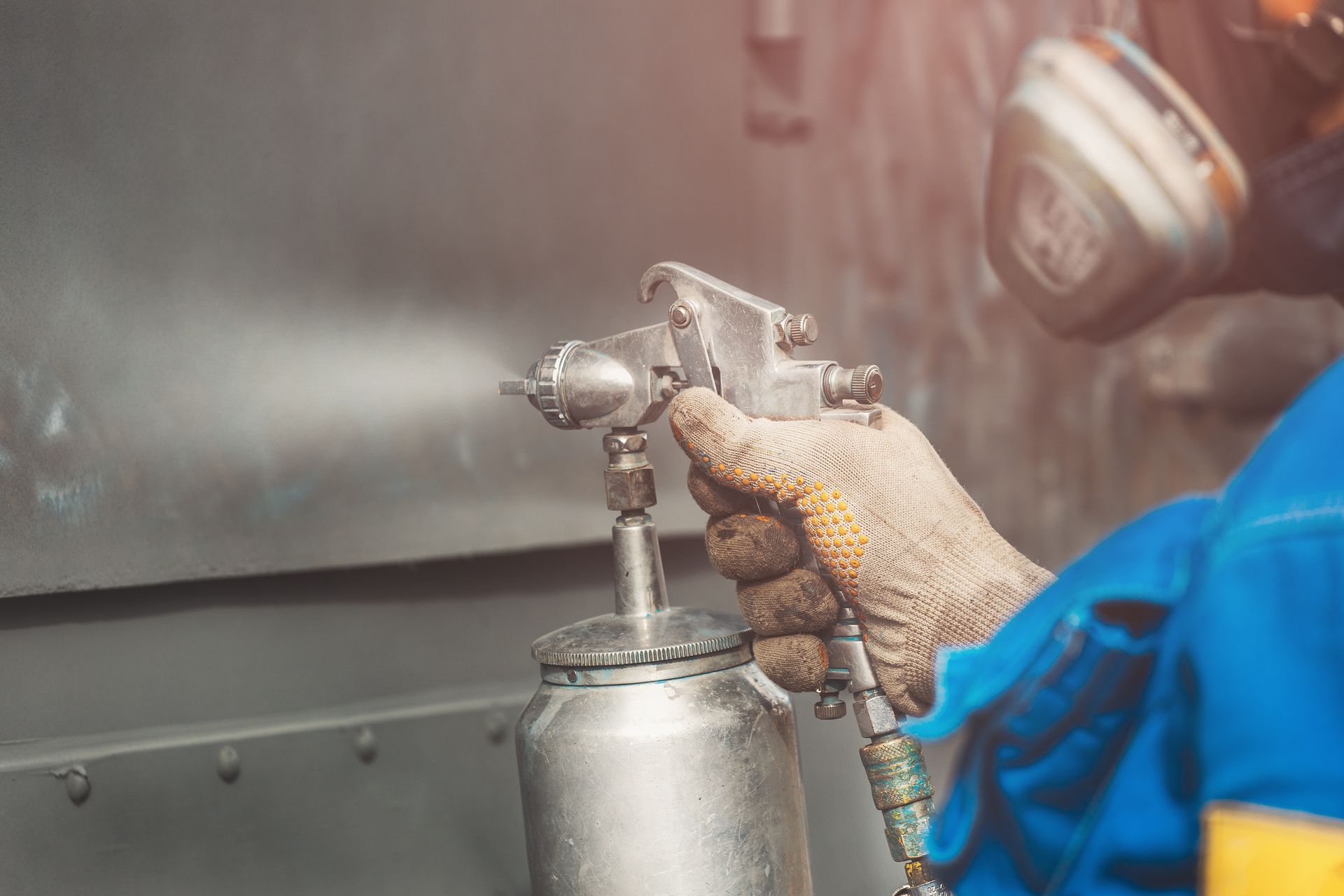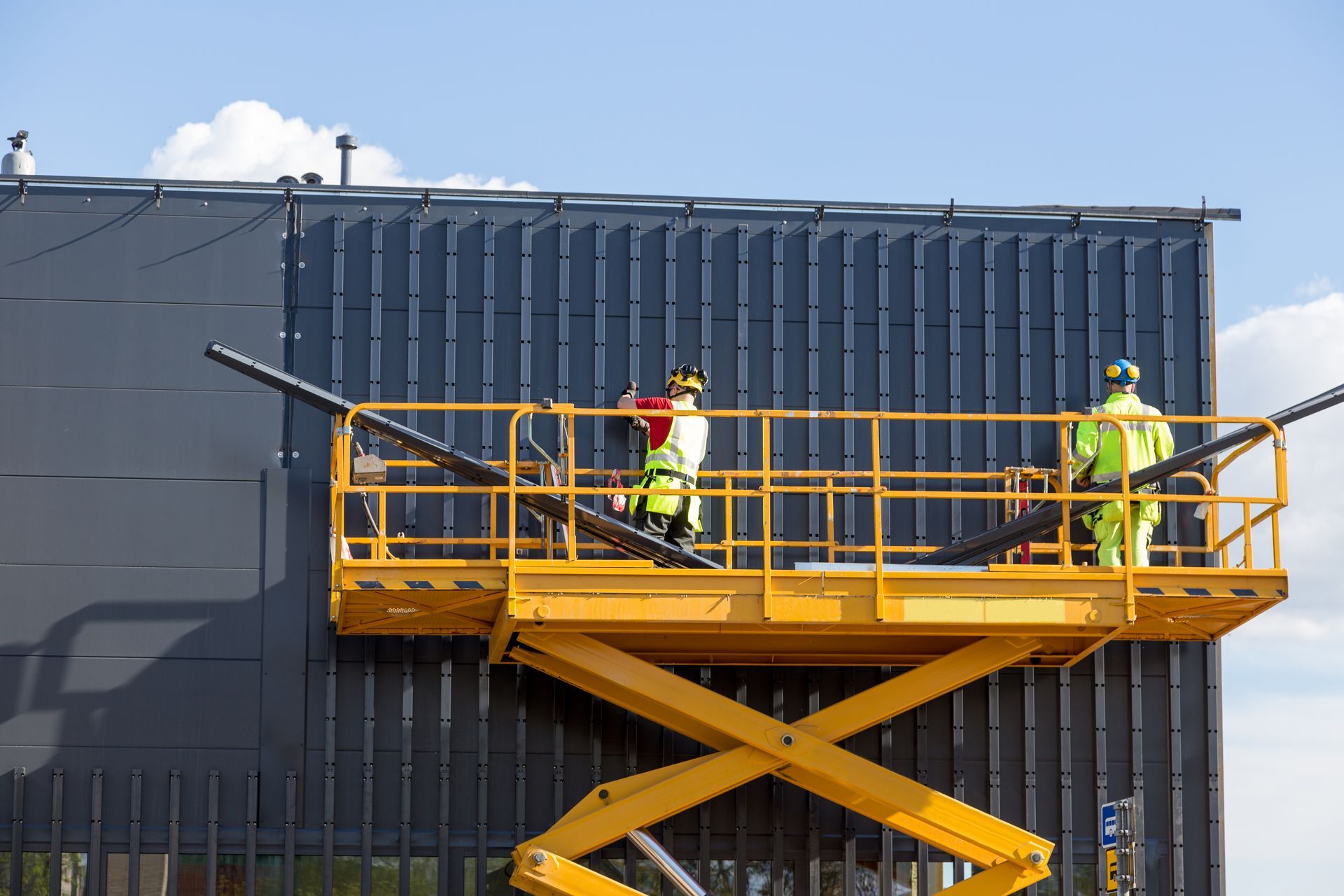The Benefits Of Stainless Steel In The Aerospace Industry
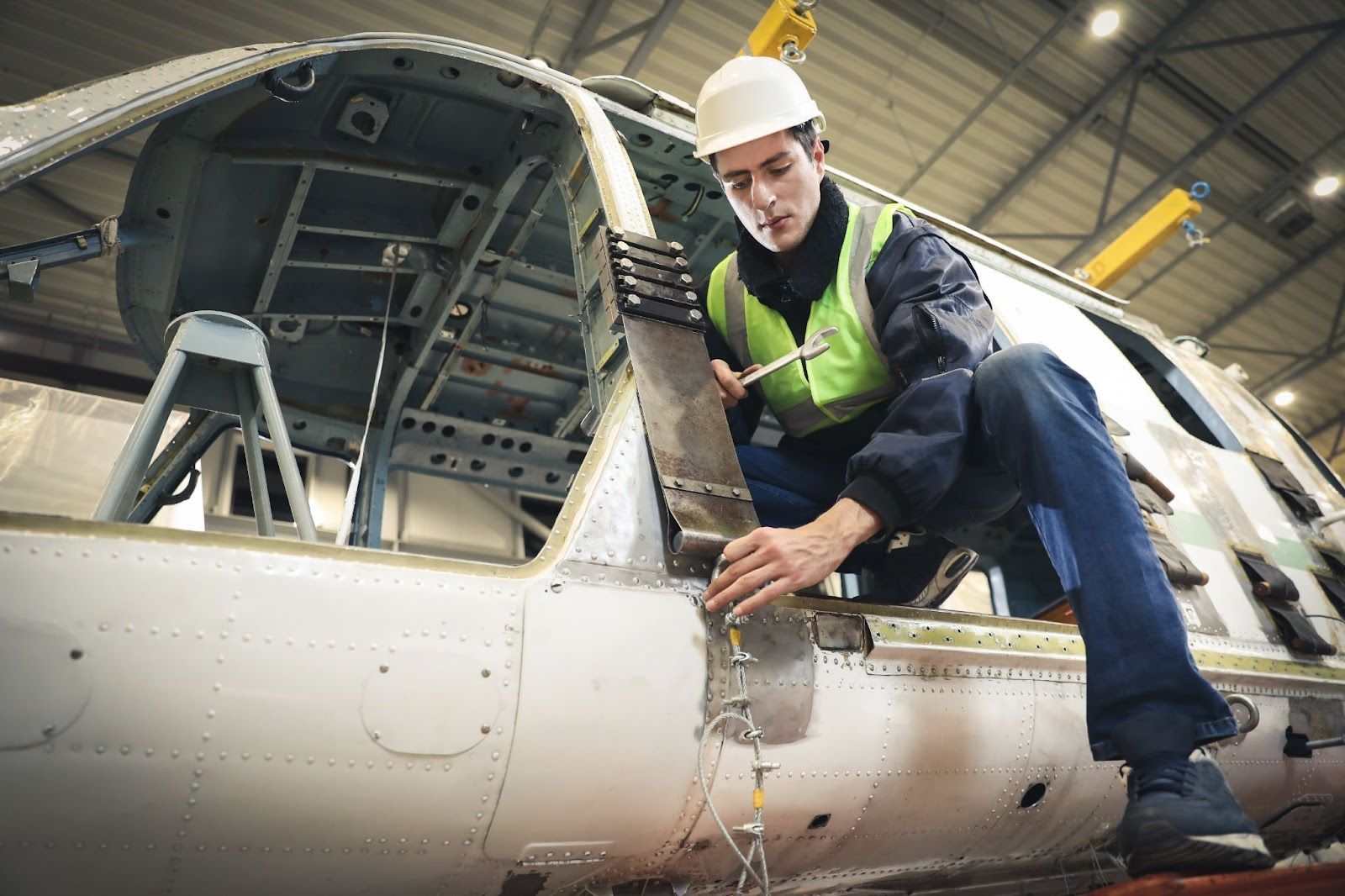
Did you know that out of all the different metals, stainless is the most popular one across all industries? Stainless steel has an excellent reputation for being strong, long-lasting, and affordable. But when applied in the aerospace sector, it's particularly valuable.
Why is stainless steel such a successful material for aircraft applications? Let's examine this matter in more detail.
The Importance Of Stainless Steel In The Aerospace Industry
Aircraft need to be incredibly strong and resilient to withstand the challenging conditions they are subjected to in the air. Additionally, aircraft are best made of stainless steel since they can endure these conditions. Stainless steel is a great material for manufacturing aircraft since it is both lightweight and significantly sturdy.
There are two essential qualities that the aviation sector seeks out when manufacturing an aircraft. Those two qualities can only be offered by stainless steel are corrosion resistance and endurance to fatigue.
Additionally, stainless steel has a smooth sheen that adds to its visual appeal while maintaining strength and exceptional resistance.
In summary, stainless steel has many advantages over other metals in terms of durability and strength, making it an indispensable part of the aviation industry.
What Are The Benefits Of Stainless Steel In The Aerospace Industry
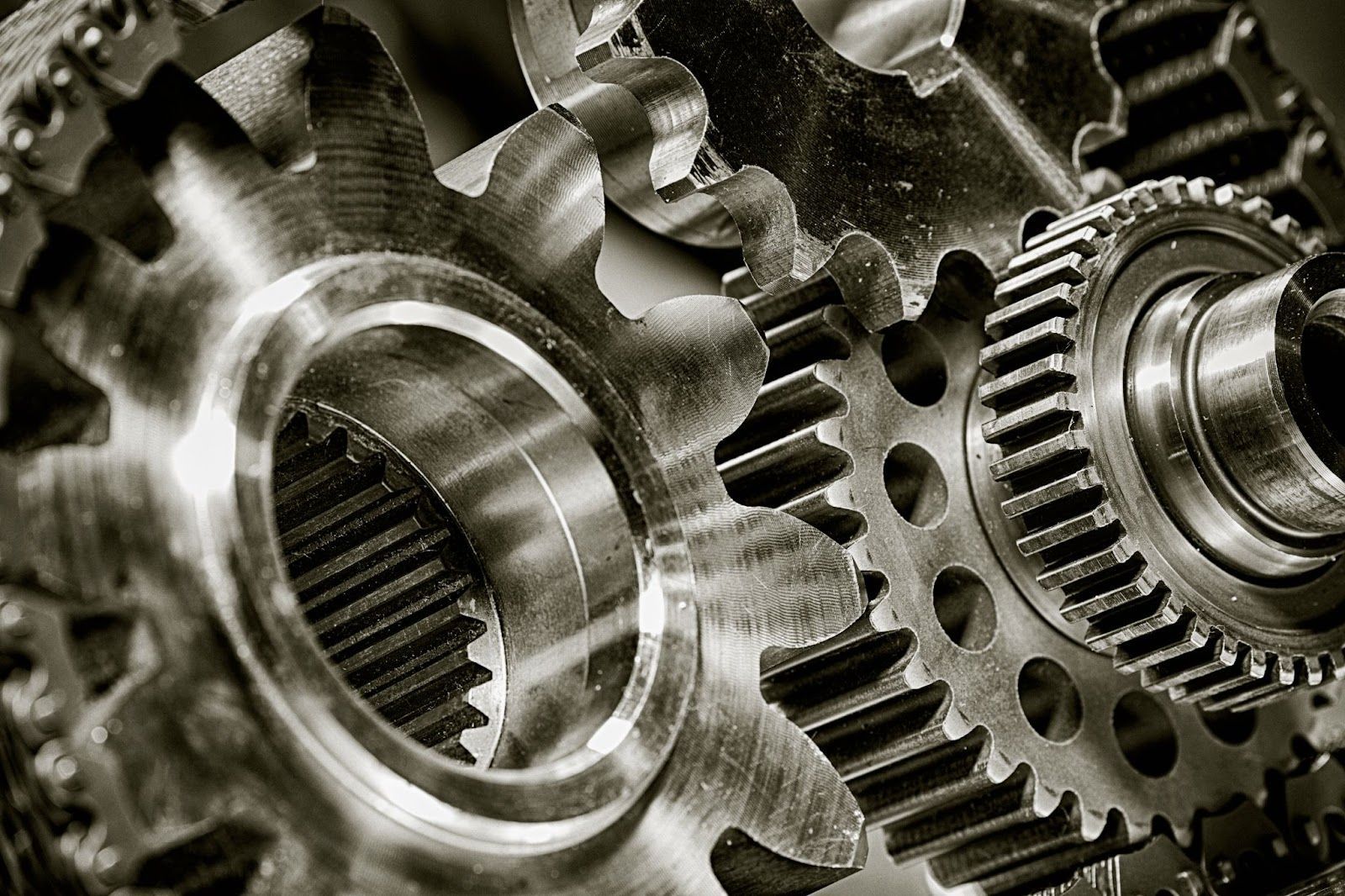
It is no surprise that stainless steel is used more frequently in equipment like jet engines and commercial satellites.
In addition to being able to survive the worst conditions, it is also sturdy enough to carry out critical activities consistently. So, let's take a look at the various benefits of stainless steel in the aerospace industry.
Durability
Compared to other metals utilised in the aerospace sector, stainless steel offers higher durability and is lightweight and efficient. Aircraft are subjected to vibration and stress loading during operation and maintenance procedures. Hence, stainless steel components are preferable as it is resistant to the following:
- Corrosion
- Abrasion
- Scratches
- Impacts
- Fatigue cracking damages
When exposed to extreme conditions, these factors help the aircraft last longer and gradually improve its overall performance.
Reliability
The necessity for high-quality components to support the demands of intricate aircraft architecture makes the aerospace industry one of the most demanding sectors. Due to its dependability and reliability, stainless steel is frequently preferred to other materials in this context.
Stainless steel parts can endure extremely high temperatures without deteriorating over time, owing to their strong corrosion resistance. Additionally, stainless steel can be used confidently in airborne conditions where corrosion may be a significant problem as it does not rust easily.
Reduction In Weight
Due to its lightweight qualities, stainless steel has a significant advantage over other metals. Thus, it is perfect for aircraft uses where weight reductions are essential. Aircraft manufacturers can also lower fuel consumption and emissions without sacrificing performance or dependability.
Stainless steel improves fuel efficiency while lowering total maintenance costs due to its lightweight characteristics and high strength-to-weight ratio.
The Different Stainless Steels Used In The Aerospace Industry

To have a better understanding of it all, here are the various stainless steel that are used in the aerospace industry.
SS304
SS 304 is widely used in the manufacture of aviation parts due to the following characteristics:
- Ease of welding
- Formability
- Machinability
- High corrosion resistance grade
SS321
Grade SS 321 is a perfect and well-proven grade that can readily endure temperatures between 800 and 1500°F and prevent oxidation up to 1500°F. The superior machinability and endurance of SS 321 are evident without undergoing any structural changes.
Besides that, the physical characteristics of SS 321 and its durability also provide remarkable advantages for aircraft components, such as:
- Engines
- Exhaust manifolds
- Jet engine parts
- Exhaust ducts
- Flanges
SS316
The addition of the chemical element molybdenum to stainless steel 316 boosts the material's corrosion resistance and workability, even at high temperatures and in conflict with sulfuric and phosphoric acids.
As the name suggests, SS 316 is a strong grade that benefits the aerospace sector. It can remain unaffected and provide the same work quality even at high temperatures of 1598 degrees Fahrenheit.
Stainless Steels Plays A Vital Role In The Aerospace Industry And Helps With The Environment
There are very few alternatives that can rival the dependability of stainless steel. It is lightweight but durable enough to endure harsh temperatures without degrading or corroding quickly with time or use. Thus, when fabricated properly, stainless steel is an incredible material to use compared to other steel components.
Looking for a quality steel fabrication company in Malaysia? Choose Choong Ngai Engineering!
So, if you're looking for a steel fabricator in Malaysia, visit us at Choong Ngai Engineering today to speak to our experts. We at Choong Ngai Engineering have years of experience and knowledge to answer your doubts or concerns, and we ensure to provide you with the quality solution you're looking for. Call us now!
